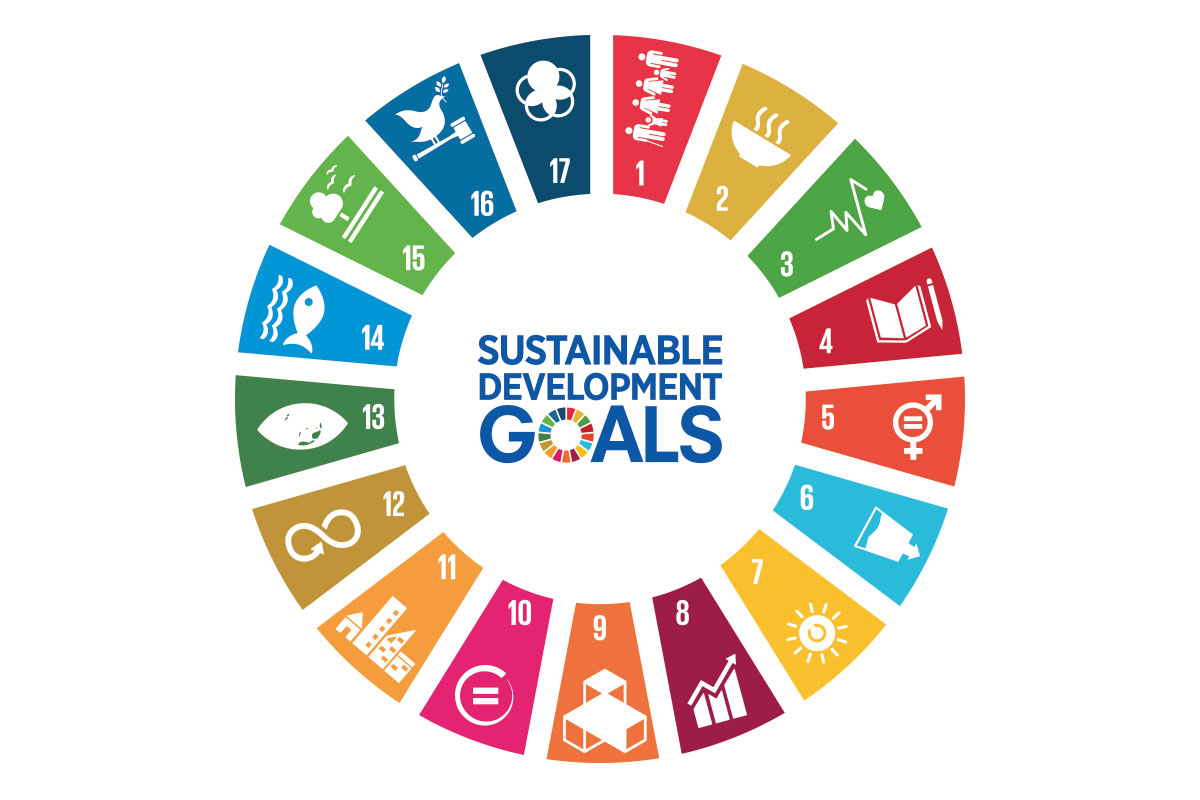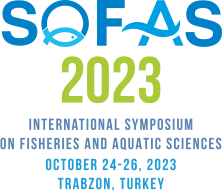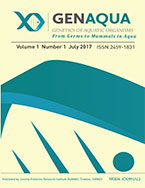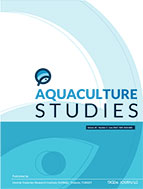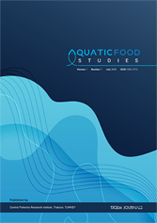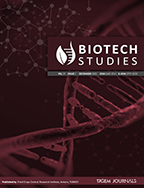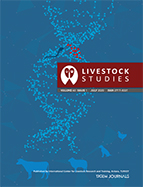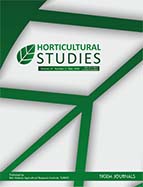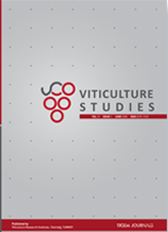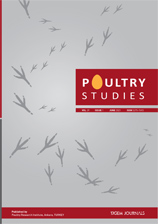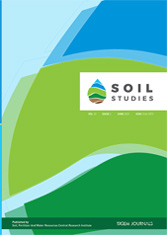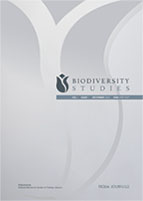Turkish Journal of Fisheries and Aquatic Sciences
2025, Vol 25, Num, 4 (Pages: TRJFAS25543)
A Study on Diet Composition and Feeding Habits of Sphyraena putnamae Jordan & Seale, 1905 from the Northern Arabian Sea
2 Department of Zoology, University of Karachi 75270, Pakistan
3 Marine Reference Collection and Resource Centre, University of Karachi, Pakistan
4 Department of Fishing Technology and Processing, Faculty of Fisheries, Sinop University, TR57000 Sinop, Türkiye
5 Department of Hydrobiology, Faculty of Fisheries, Sinop University, TR57000 Sinop, Türkiye DOI : 10.4194/TRJFAS25543 Viewed : 896 - Downloaded : 1436 The food and feeding habits of the Sphyraena putnamae (n=381) ranging from 16 to 99 cm were investigated the Karachi coast, the Northern Arabian Sea, Pakistan. S. putnamae consumed various prey items, which were divided into three categories: teleosts, molluscs, and crustaceans. Molluscs and crustaceans were the second preferred food component rather than teleost. The major constituents of the teleost group on basis of their ascendancy, were identified to be (dorosomatids; sciaenids; leiognathids; platycephalids; engraulids; carangids; bregmacerotids; nemipterids; scombrids; and synodontids). The empty stomach ratio and stomach fullness index did not differ significantly between the sexes and size classes. The stomach fullness index of juvenile barracudas (16-29 cm in length) was significantly higher as compared to adults in the medium (30-55 cm) and large (56-99 cm) size groups. Additionally, an analysis of dietary preferences revealed that small (juvenile) barracudas (16-29 cm) primarily consumed crustaceans, while medium-sized individuals (30-55 cm) preferred mollusks, and large individuals (56-99 cm) favoured teleost. The present study provides detailed information on the feeding ecology of the S. putnamae, for the first time from the Pakistan coast that will be useful for understanding trophodynamics of species developing effective management and conservation measures, ensuring the species' long-term viability. Keywords : Feeding habits Sawtooth Barracuda Karachi coast Northern Arabian Sea


